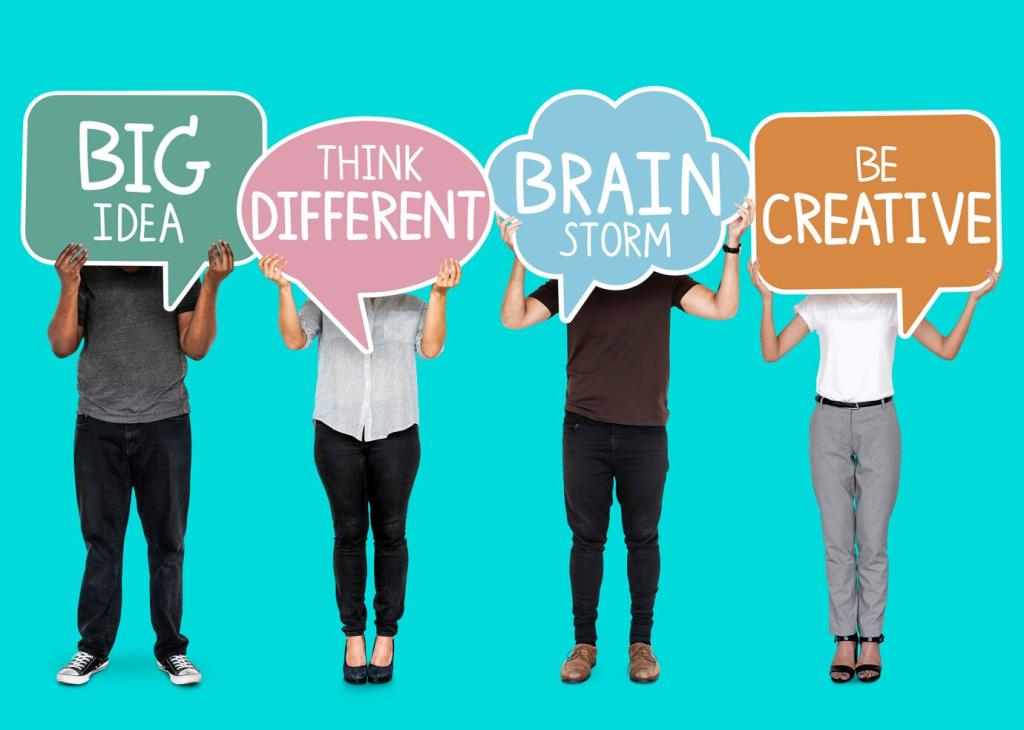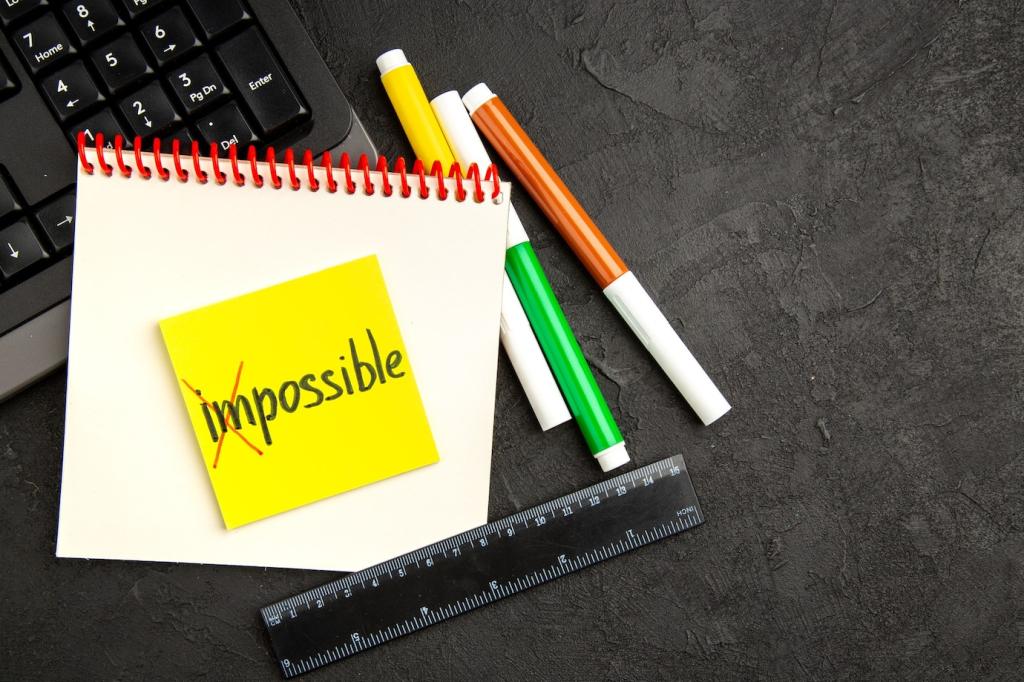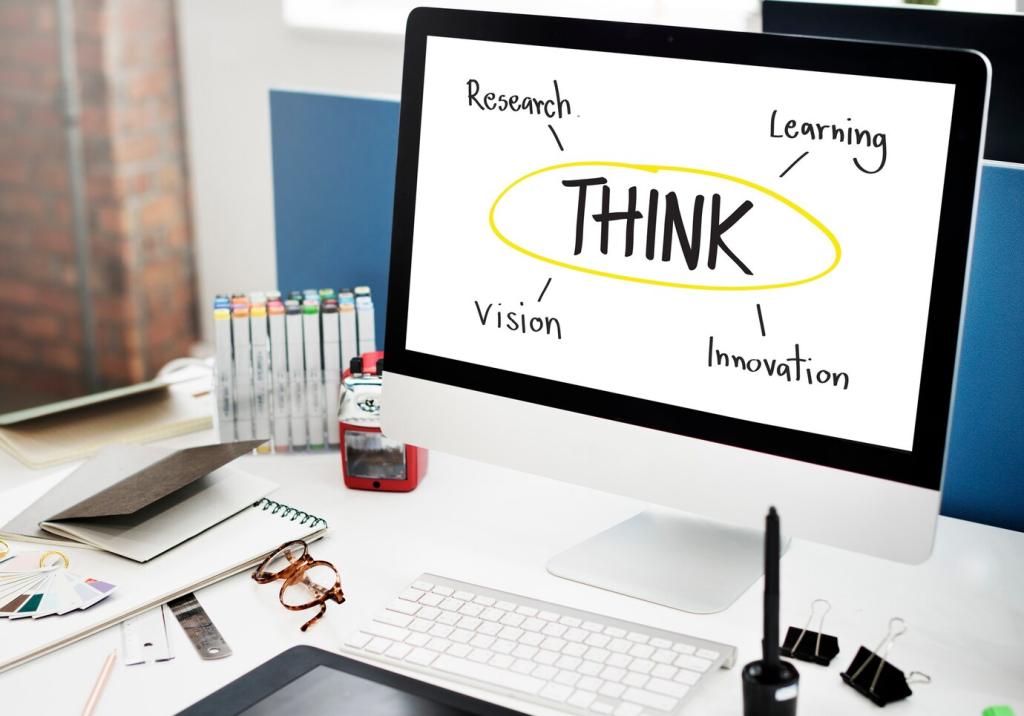Empowering Teachers Through Professional Development
Short, focused sessions—ten minutes to learn, twenty to try—help new practices stick. Offer templates, checklists, and example student prompts. Follow up a week later for reflection. Over time, these modest steps add up to lasting confidence and meaningful instructional change.
Empowering Teachers Through Professional Development
On a rainy Tuesday, Ms. Patel and Mr. Gomez swapped mini-lessons: one modeled collaborative writing online; the other demonstrated formative quizzes. They left energized, students were engaged, and both refined their plans. Pair up with a colleague and try a swap this month.











